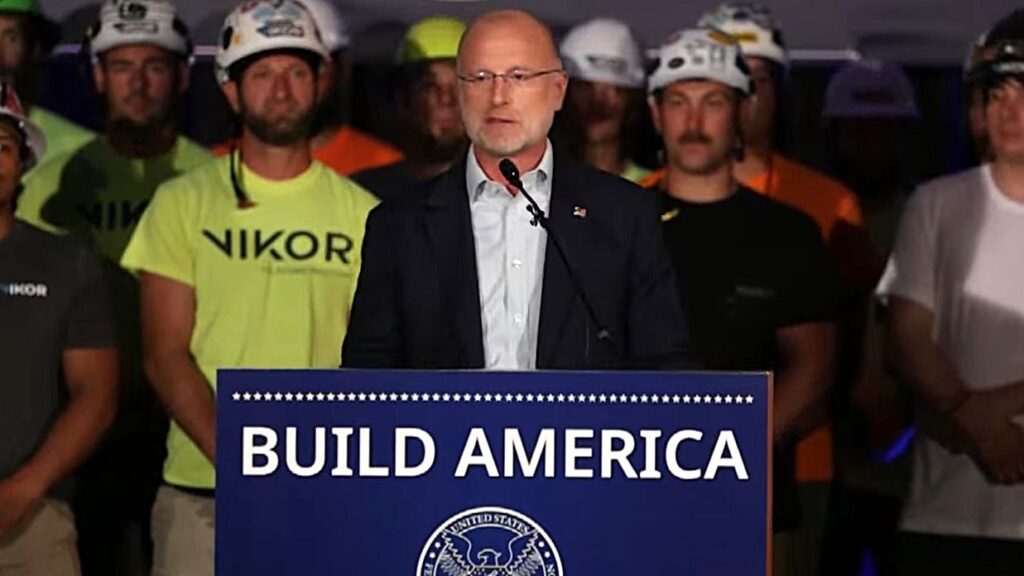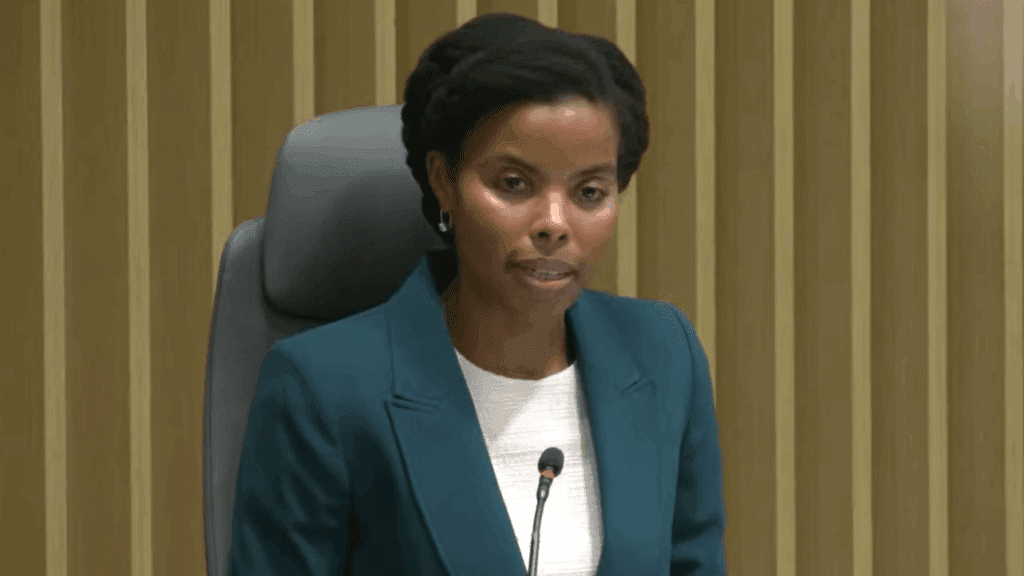NRTC, NRECA Join in Call for RDOF Long-Form Scrutiny
Randy Sukow
|

A jointly written NRTC and NRECA paper (PDF) calls on the FCC to take a close look at bidders in the recent Rural Digital Opportunity Fund (RDOF) Phase I reverse auction. As the Commission reviews the “long-form” applications for each winning bidder in the auction, NRTC and NRECA say bidders must “demonstrate responsible network design and financial viability.”
The paper expands upon concerns that 160 U.S. senators and representative made earlier concerning “the technical, financial, managerial, operational skills, capabilities” of certain bidders winning RDOF support.
At the center of the controversy, some bidders in the “Gigabit tier” of the reverse auction claimed that they would use fixed wireless access (FWA) technology to deliver 1 Gbps downstream service to rural homes. NRTC and NRECA claim that maintaining that speed over rural areas, even with an optimum RF propagation environment, would be unlikely to be financially feasible. The paper also calls into question bidders winning support for unproven low earth orbiting (LEO) satellite connections, which have yet to be deployed in real-world settings.
“Many RDOF areas assigned to Gigabit tier fixed wireless and LEO bidders are in electric cooperative service territory,” NRECA CEO Jim Matheson said in a cover letter (PDF) to the paper, which NRTC and NRECA filed yesterday with the FCC. The paper “outlines the many limitations and challenges associated with fixed wireless technologies’ reliability and ability to routinely deliver Gigabit level service in sparsely populated, rugged terrain rural areas,” Matheson said.
The paper draws on NRTC’s experience with deploying fiber optic and FWA technologies. One project was in “an environment in the mid-west where somewhat flat terrain and limited vegetation provide a reasonable environment for deploying high throughput wireless networks.” The cooperative built a fiber backbone through its service area, but the financial model did not support fiber to the home. It completed the last mile with FWA connections from the fiber network using 80 MHz channels on unlicensed 5.8 GHz spectrum.
The cooperative was able to guarantee 100 Mbps performance downstream to all homes with the hybrid fiber/FWA network. In one census block group (CBG) area within that deployment, it took five FWA transmission sites to cover 178 homes. “Gigabit service could only be achieved with lower modulations with 160 MHz of available spectrum, which is not realistic in most rural situations,” the paper found. In other words, doubling the bandwidth of channels, changing the modulation and increasing the transmission sites would make an FWA installation financially unviable.
NRTC and NRECA argued that without a close review of the questionable bidders’ long-form applications, some rural areas could “be stranded without adequate broadband services” for years. They suggested remedies to ensure that needed support goes to qualified broadband providers as soon as possible.
“The FCC should consider holding a ‘Phase 1.5’ auction for only the CBGs where initial winning bidders were deemed unqualified in the long-form evaluation period,” the paper says. Such an auction would be smaller and more streamlined than the Phase I auction.
They also recommended transferring any support not distributed through Phases I and 1.5 to RDOF Phase II, and that Phase II rules include necessary reforms. In the Phase II short form, any proposed FWA submissions should include propagation studies in the areas the bidders seek support, the paper said. Bidders also should show they are financially capable of building and maintaining networks at the level they claim.
In addition to the NRTC/NRECA submission, other industry groups with rural interests are filing similar observations with the FCC.
- NTCA, The Rural Broadband Association, filed a paper (PDF) authored by the consulting firm Vantage Point Solutions Inc., going into detail about the difficulties of Gigabit FWA. “There is far too much money at stake and far too many consumers on hold to gamble on confidential promises about unproven service capabilities that might only be found to fall short years from now,” NTCA CEO Shirley Bloomfield said in a blog post. “The real success of this effort will be defined not by the auction results themselves but by the actual delivery of robust and reliable broadband to rural consumers.”
- CoBank expressed concerns about both FWA and LEO long-form applications. “We expect fixed wireless to play a reduced role [in Phase II] in underserved areas, which tend to be more densely populated,” it said in a late January report (PDF). “Technically speaking, with enough government support, unserved markets can be connected with Gigabit speeds via fixed wireless, but execution risks and the ability to secure [letters of credit] could impede an operator’s ability to deliver on its bid.”
- The National Association of Regulatory Utility Commissioners (NARUC) plans to vote on a draft resolution during its February Winter Policy Summit that “urges the FCC to closely scrutinize the long-form applications of RDOF support winners to ensure that each provider does in fact have the technical, financial, managerial, operational skills, capabilities and resources to deliver the services they have pledged for every American they plan to serve regardless of the technology they use.”


